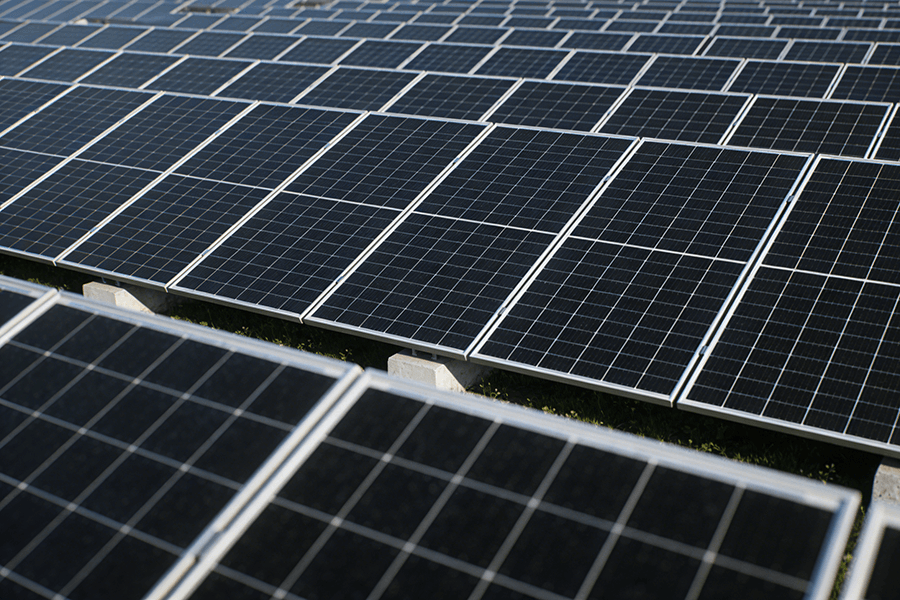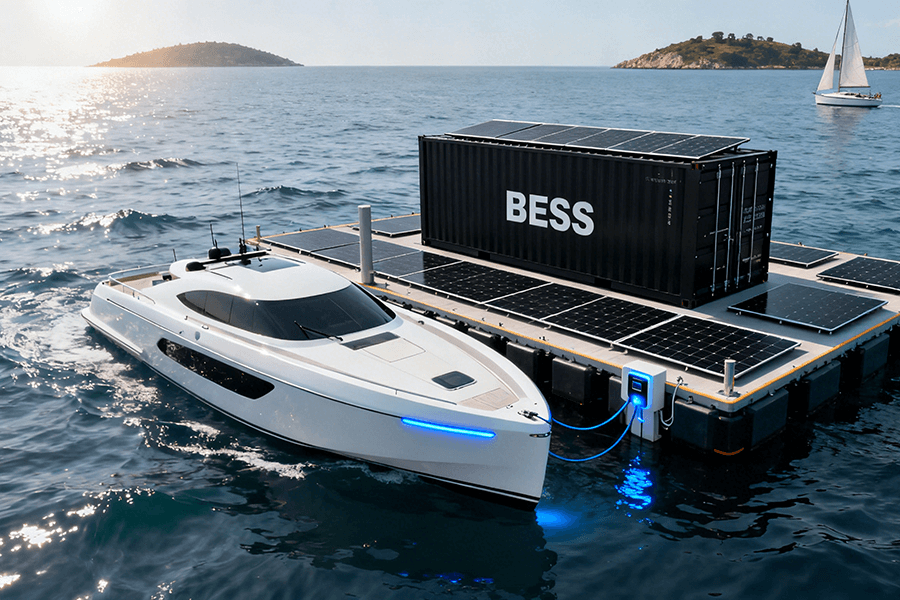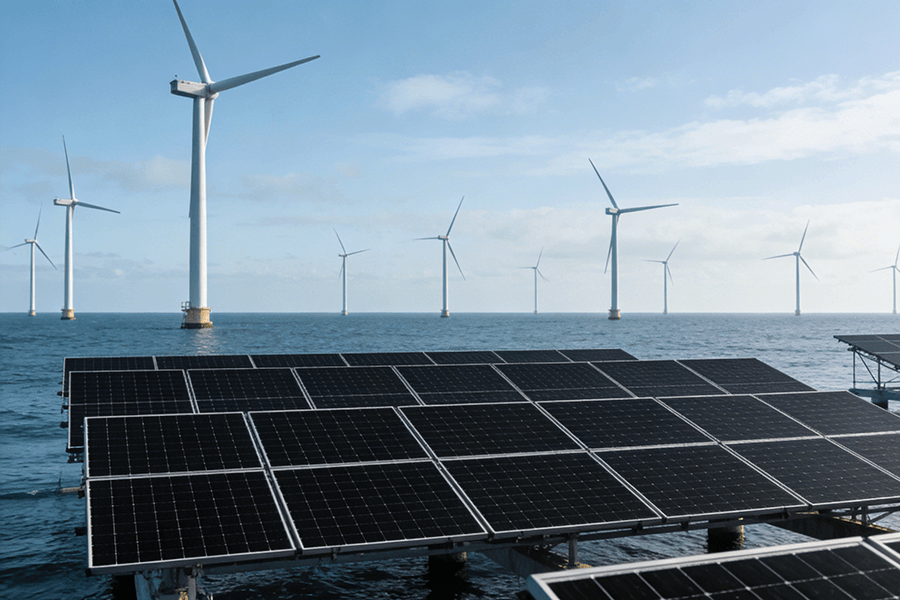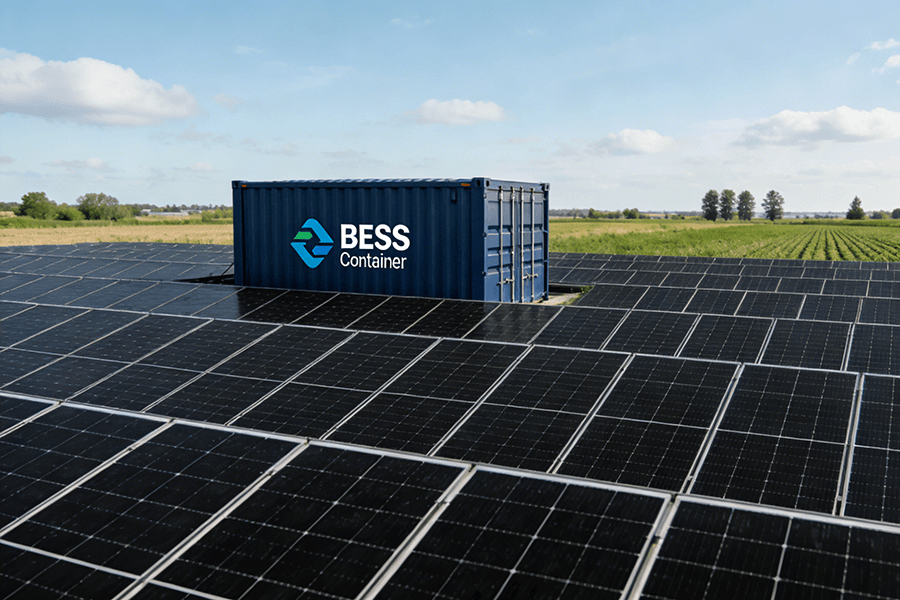The installation and use of solar off-grid systems has been very common, which can not only be green, but also solve the problem of electricity consumption in remote areas without electricity. The solar off-grid system converts solar energy into electric energy, and stores the electric energy inside the battery through the controller, and the electric energy stored inside the battery is converted into electricity through the controller.
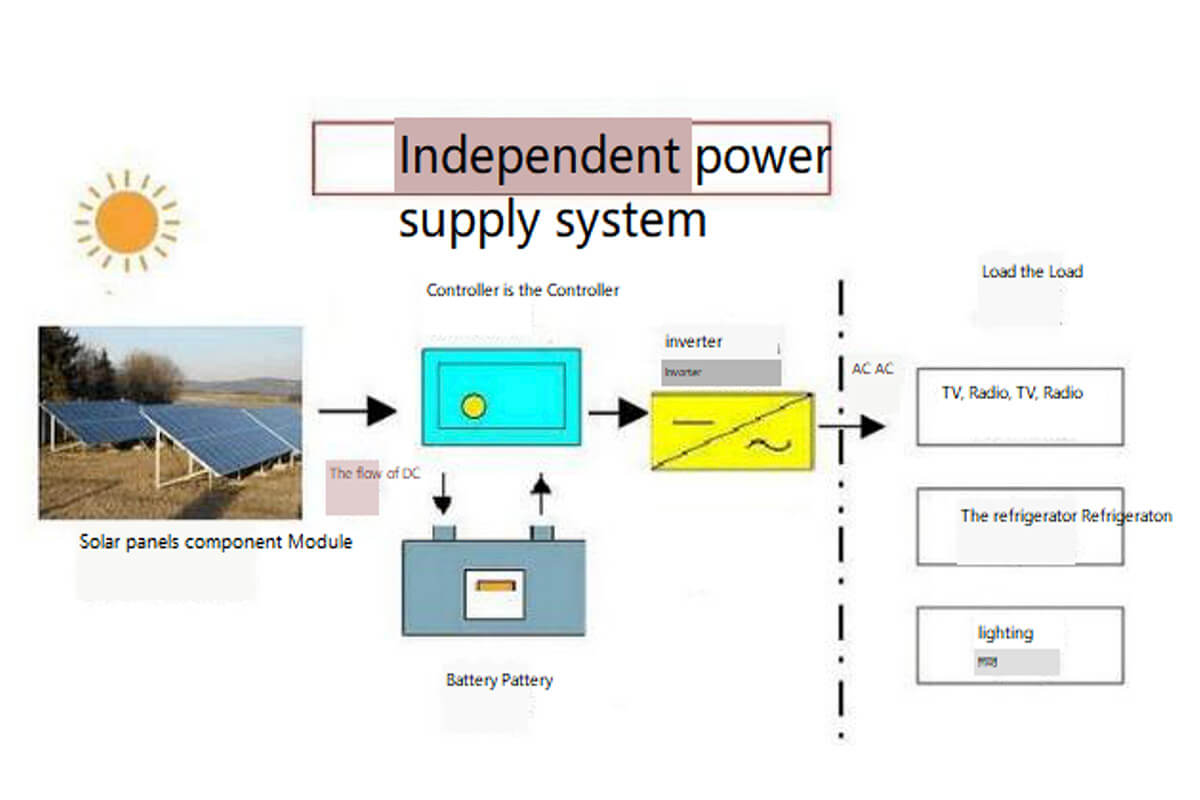
General residential electricity is the most commonly used small solar off-grid system, this small off-grid system design and installation is simple although seemingly simple, but it is a relatively high technical requirements of the work, in addition to choose a good performance of the solar photovoltaic power generation brand, but also need a professional construction personnel to install, so as to ensure the power generation of your photovoltaic power station. It also avoids security risks. Here we roughly summarize, in the system installation need to pay attention to the following issues:
1. Azimuth and tilt Angle
In different seasons, the orientation of the solar cell array will be adjusted accordingly to obtain the corresponding larger power generation. In different seasons, the solar radiation peak in all directions will not be the same, in general, when the array is due south, the solar cell power generation is the largest. Like the azimuth Angle, in the design and installation, it is also necessary to take into account the restrictions on the slope Angle of photovoltaic solar energy on the roof and the slope Angle of snow slide and drainage, and the best tilt Angle of solar energy in a year is related to the local geographical latitude, when the latitude is higher, the corresponding tilt Angle is also large.
2. Avoid occlusion
If the photovoltaic solar cell can not be directly illuminated by the sun, only the scattered light or local area is used to generate electricity, the power generation at this time is reduced by about 10% to 20% than the solar energy without shadow. Therefore, it is necessary to avoid blocking between the panels, including surrounding buildings such as telephone poles, trees, and eaves corners.
3. the installation of the bracket
Solar photovoltaic bracket is a special bracket specially designed for solar panels in solar photovoltaic power generation system. Commonly used materials are aluminum bracket, hot-dip galvanized bracket and stainless steel bracket. The stability and firmness of the stent placement are the most important, and it is necessary to use materials with high material strength, corrosion resistance, no rust, and strong load-bearing capacity, while taking into account the local meteorological conditions, such as the natural environment, disaster weather, and storm levels over the years.
4. Design of wiring
Professional installation master will carefully design the cable distance, when the cable must pay attention to the distance and the location of the bus box, under normal circumstances, the cable should try to ensure that the distance is short and average, the terminal should be firm, to prevent virtual connection or break.
5. Connect the battery
For the practical application of solar cells, it is necessary to arrange the single solar cells in a certain way, so that the components have a specific output voltage and power, and the integrated solar cell array output is connected to the solar cell control system input to meet the power requirements of electrical equipment. Battery extremes should be firm, installation should pay attention to polarity, to avoid causing explosion and fire, it is best to find a professional installer to install the connection.
6.controller
Although the controller generally has the corresponding distribution protection measures, but in the wiring process should also pay attention to prevent polarity reversal, short circuit and other phenomena to avoid unnecessary trouble. If your controller does not have a waterproof function, be sure to pay attention to the Angle and location when choosing the placement to avoid rain immersion.
7. inverter
The main function of the solar inverter is to convert the DC current of the battery into AC, and through the full bridge circuit, the sinusoidal AC power matching the lighting load frequency and rated voltage is provided to the end user of the system. Connect the inverter to the positive and negative terminals of the battery, not to the output terminals of the controller. Generally, the output end of the off-grid controller is the default DC output, and the protection is also for the DC load. Because the inverter with AC load will be unstable, it is recommended to connect to the battery, and the necessary distribution protection should be loaded to ensure system security.
The installation site of each solar off-grid system project has different requirements for the products used in the system, the designer in the design will generally take full account of the geographical environment, the needs of the user to choose the product, and then carry out a reasonable design, non-professionals must not be carried out in accordance with other modes of rote, so as to avoid unnecessary losses caused by improper installation. Choose a formal design and installation company to install, your use and income can be better protected.
If you want to customize your own photovoltaic solution today, please contact us.

